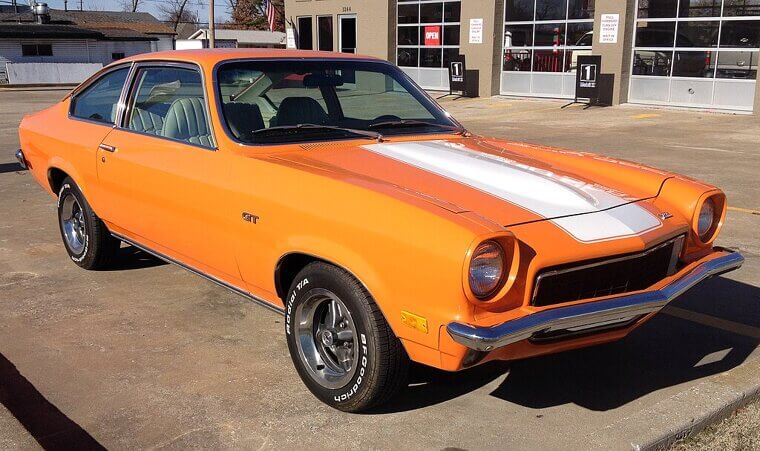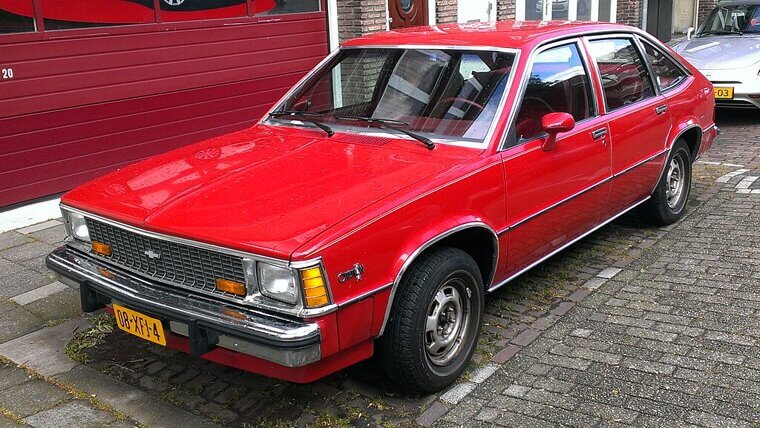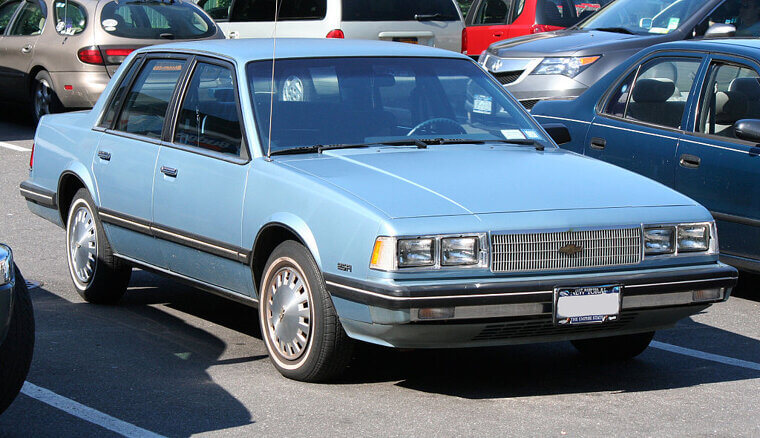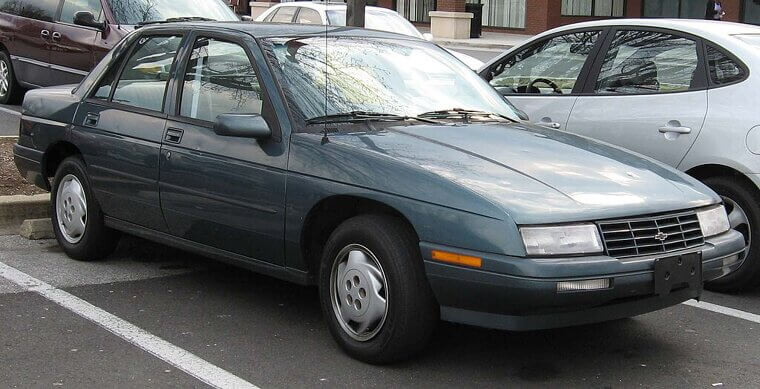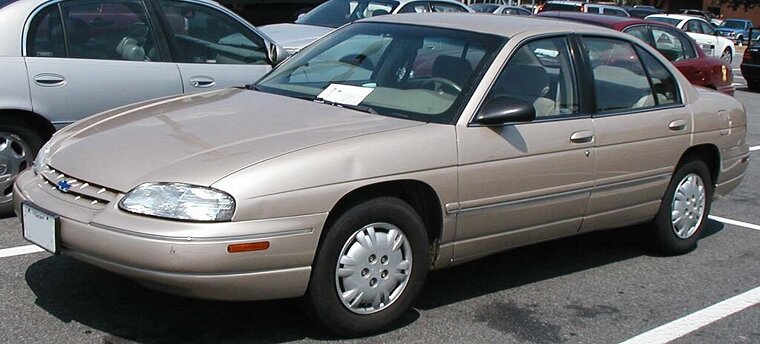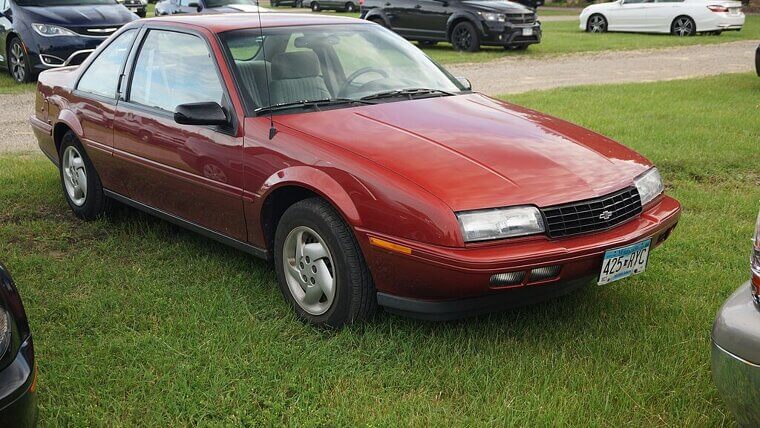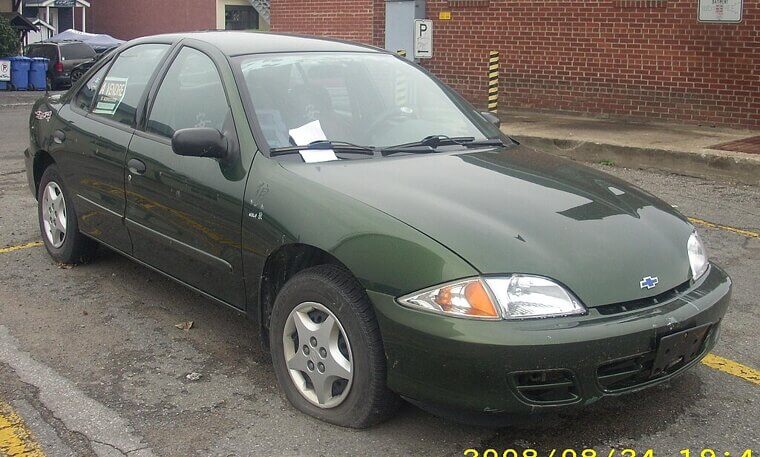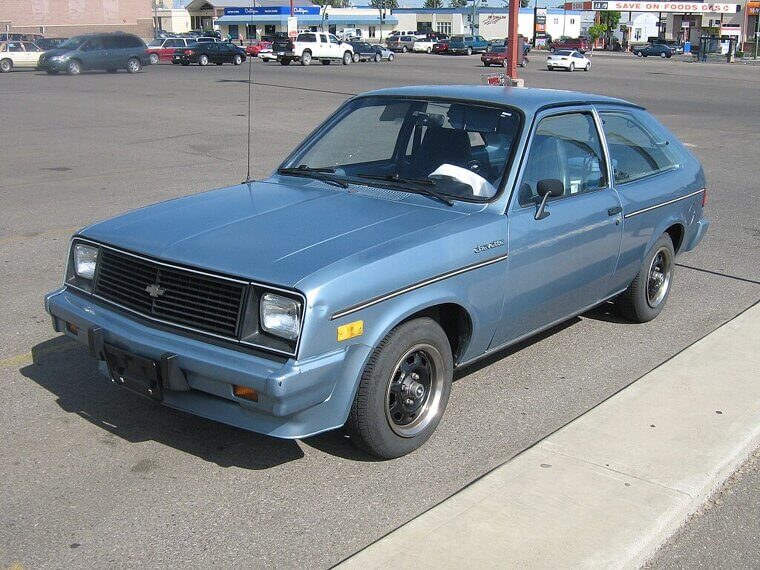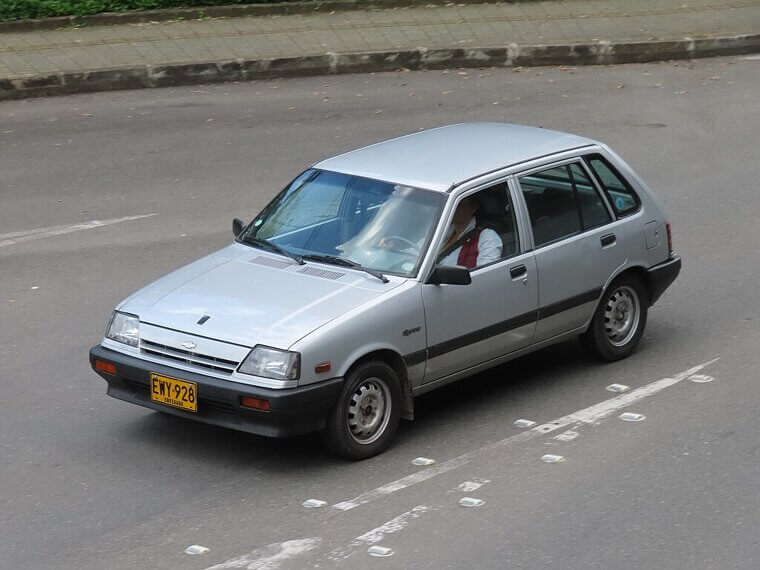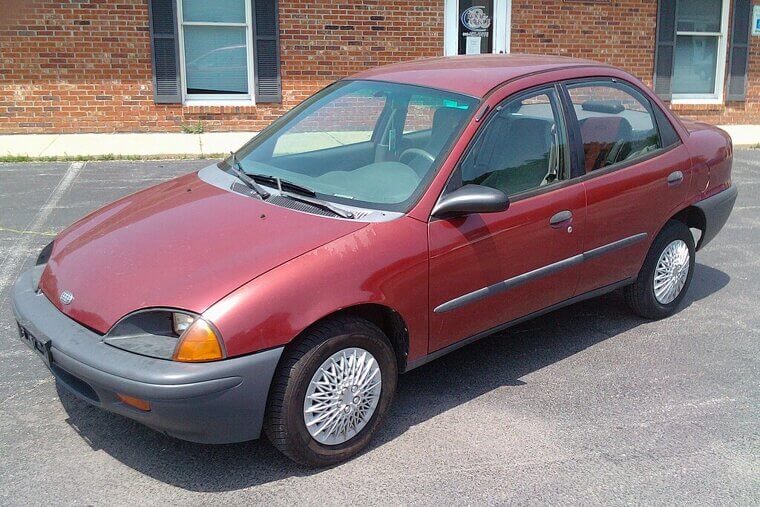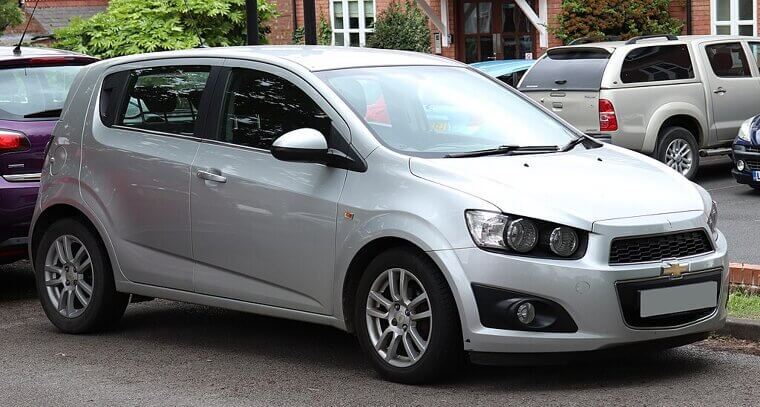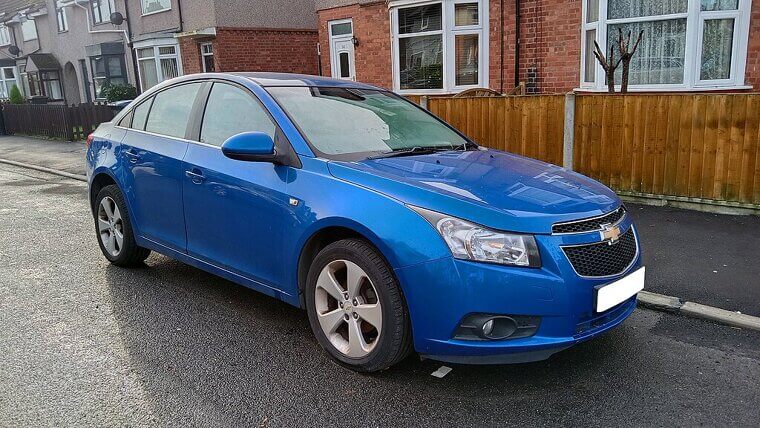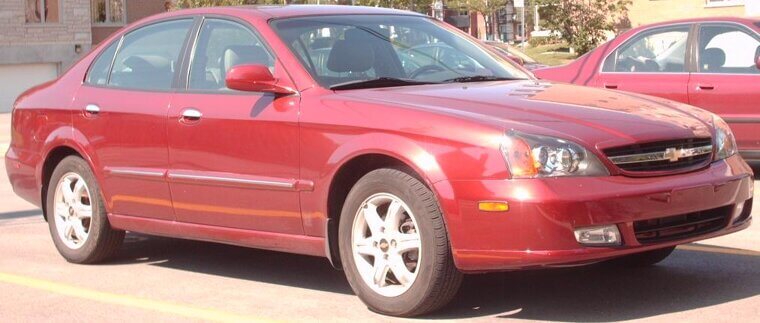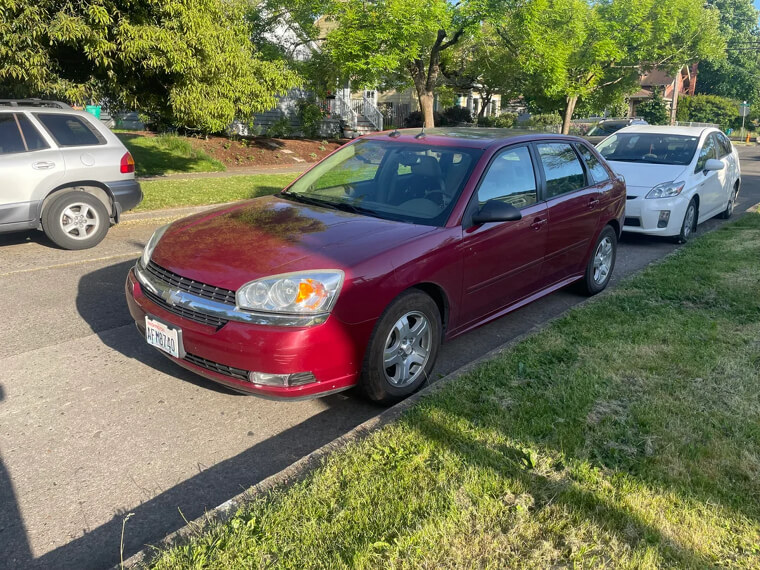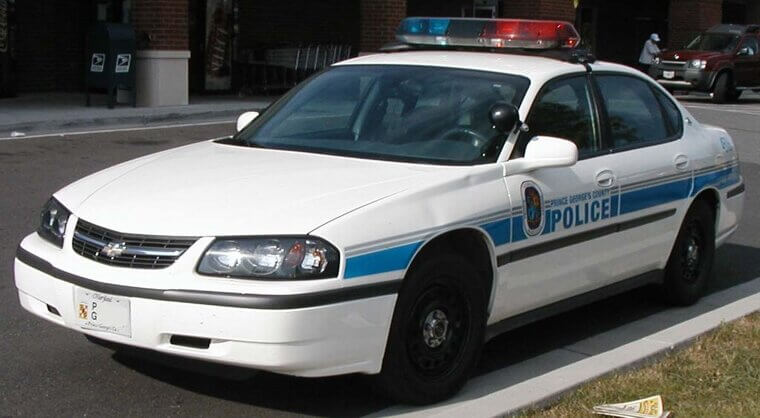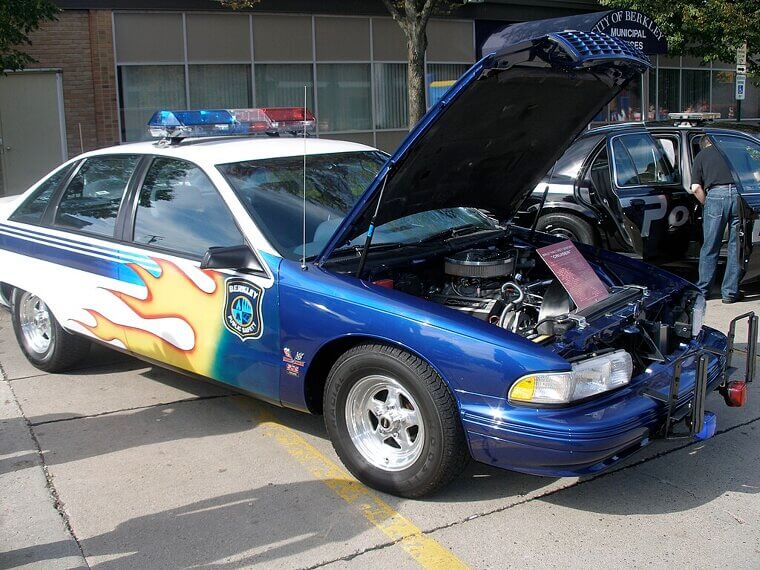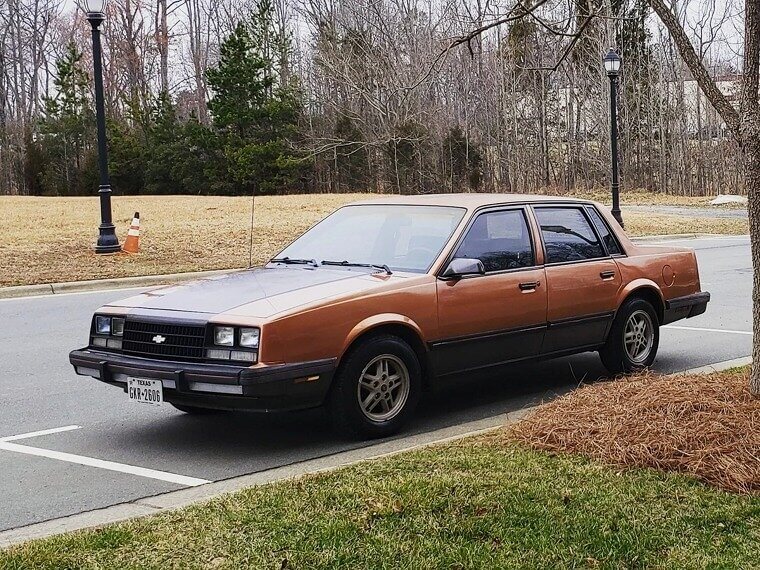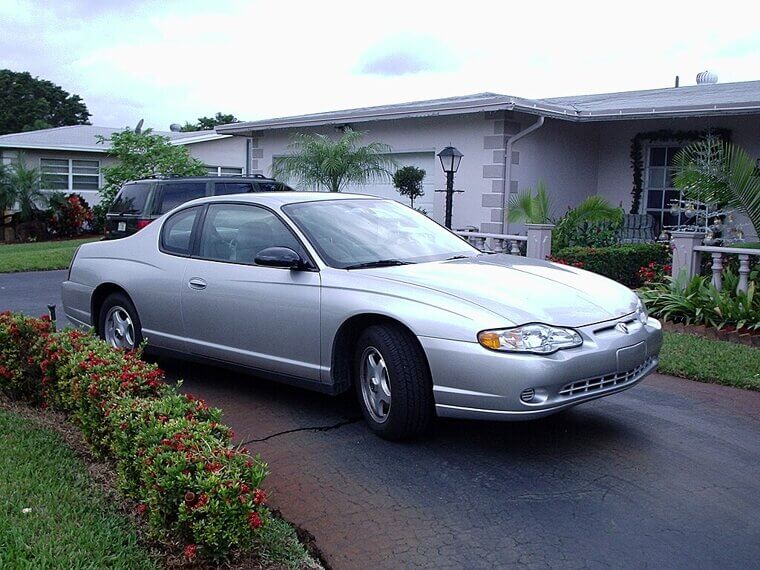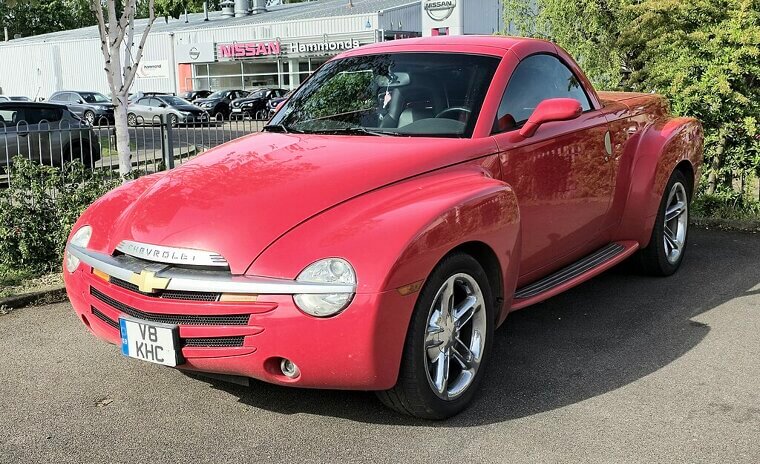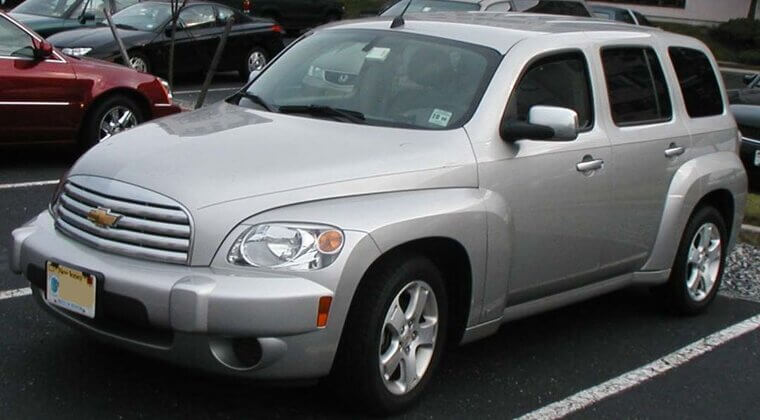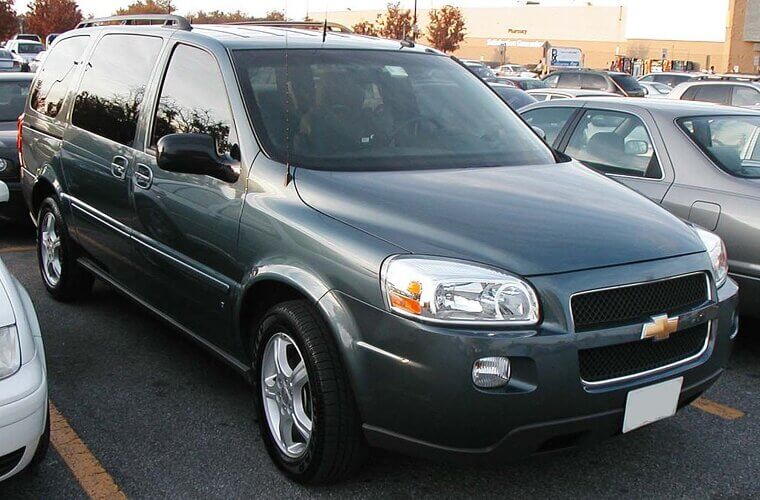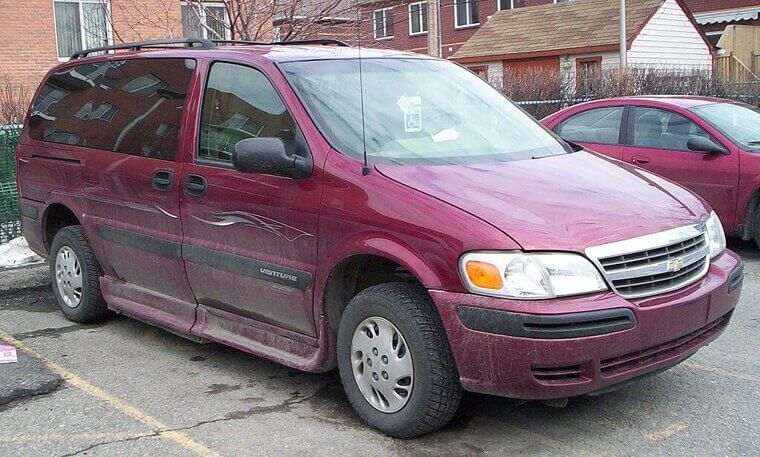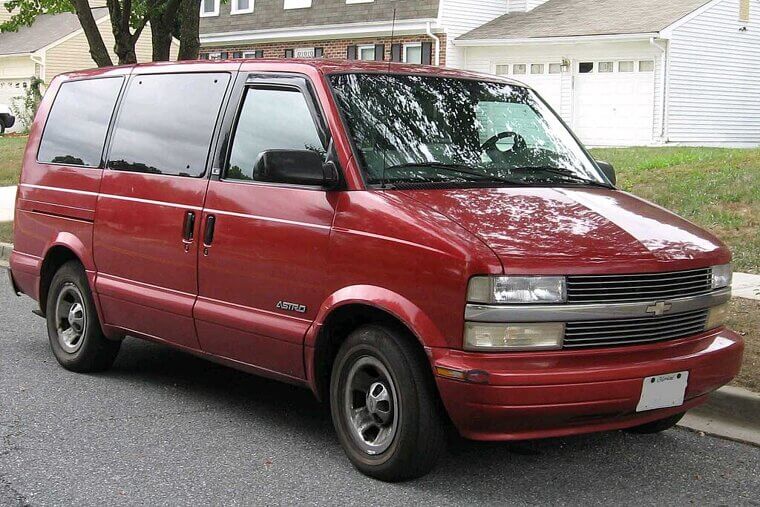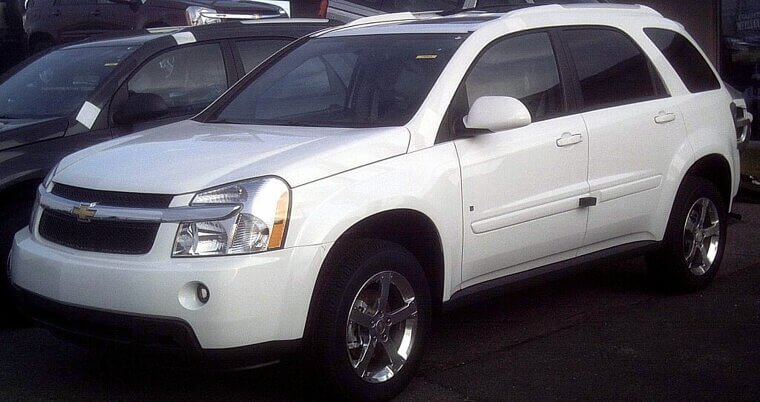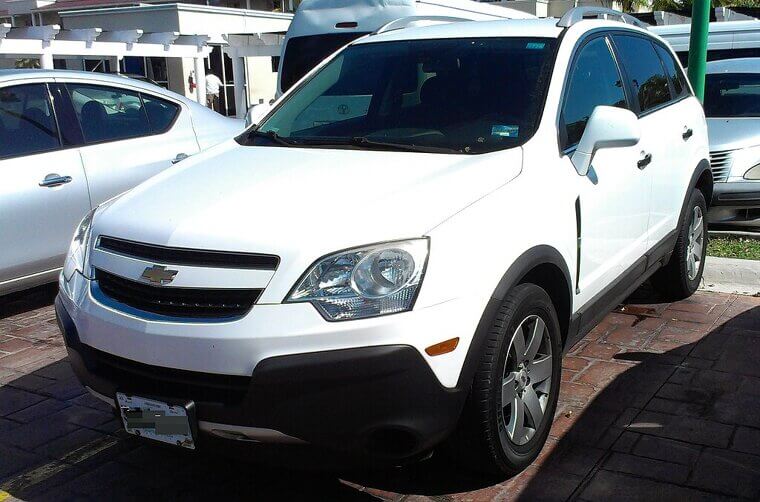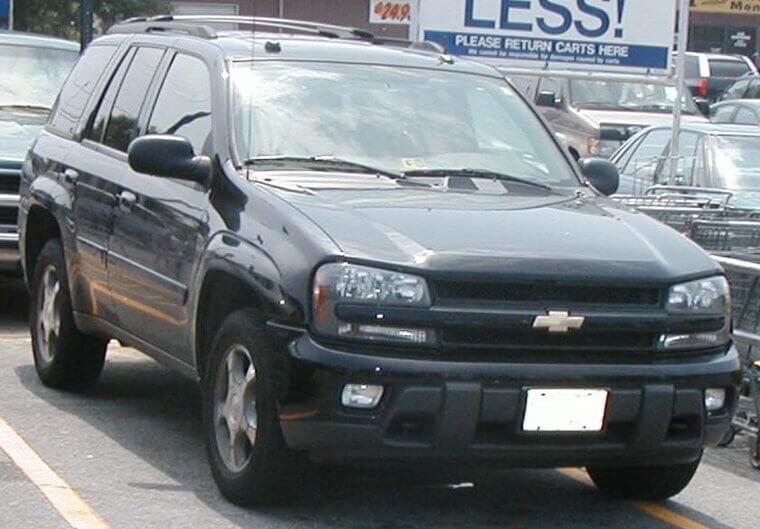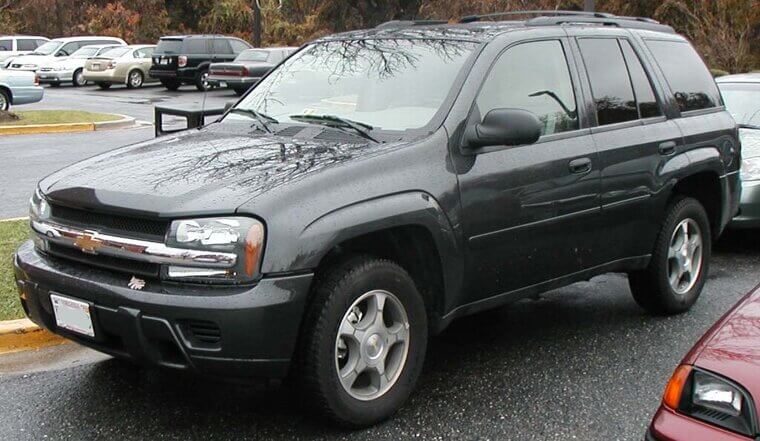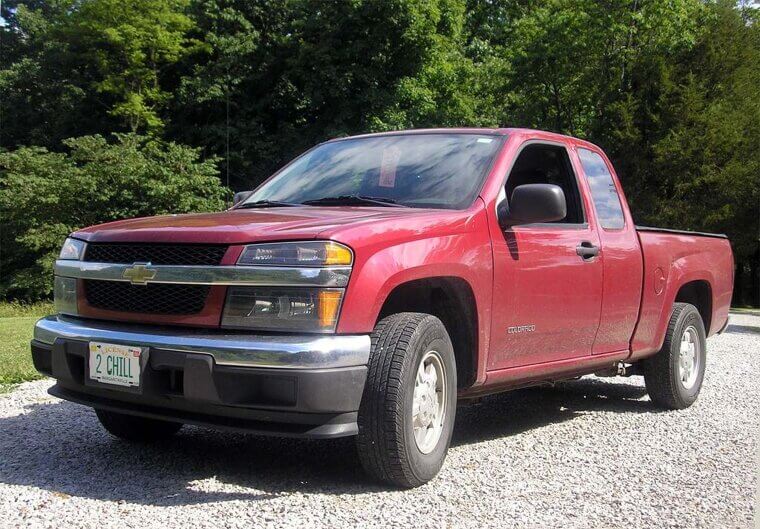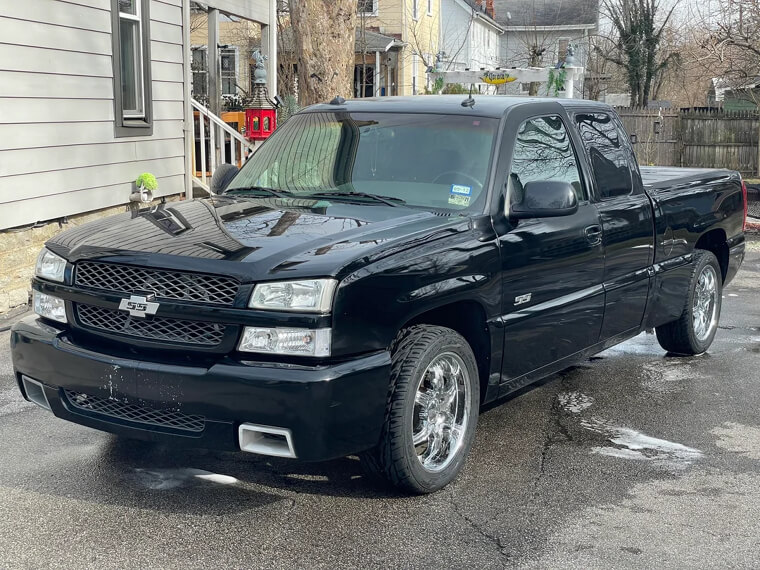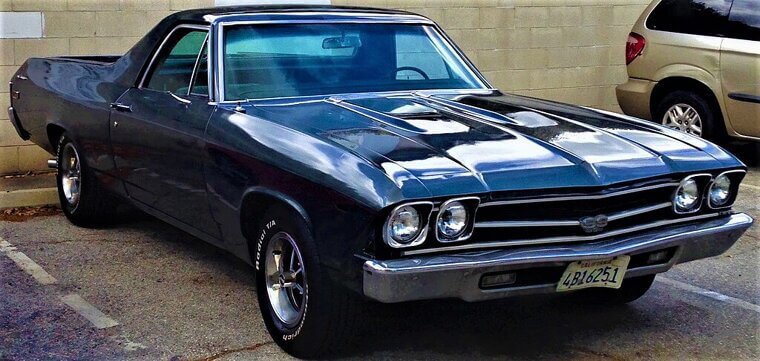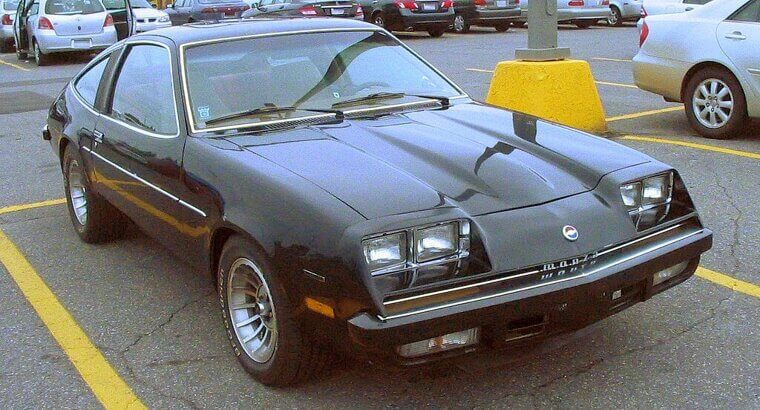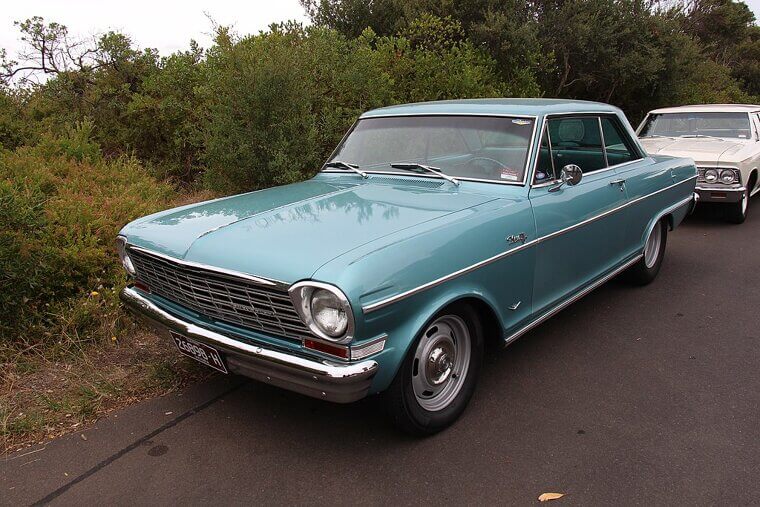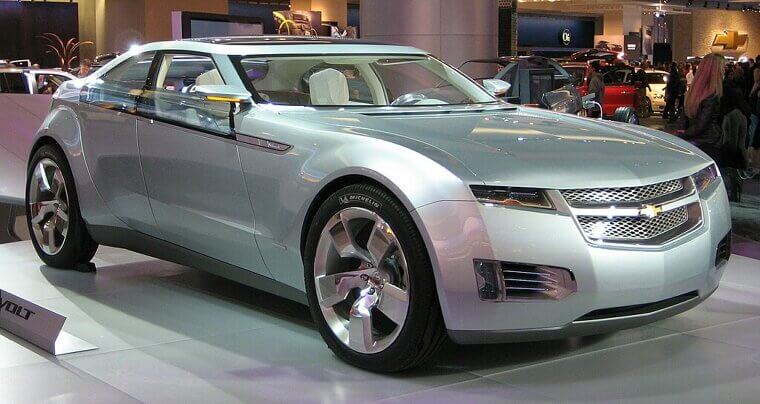Chevy Vega (1971–1977)
A car that rusted faster than a beach bike left in the surf. The Vega looked sharp, promised much, and delivered heartbreak. Engines overheated, bodies crumbled, and resale value sank like a stone. Chevy wanted a Mustang fighter, but it’d built a disposable lighter instead.
Chevy Citation (1980–1985)
The first of GM’s “X-cars,” the Citation made headlines (mostly for recalls). Brakes failed, transmissions quit, and owners swore their cars were possessed. Chevy dreamed of beating Honda, though it created a stress test for patience. It drove fine… when it drove at all!
Chevy Celebrity (1982–1990)
Despite its name, no one ever asked for its autograph. The Celebrity was everywhere in the ’80s, mostly as a rental. It wasn’t offensive, just mind-numbingly beige. It was a car that screamed, “I give up.” People drove it because it existed, not because they wanted to.
Chevy Corsica (1987–1996)
The Corsica was supposed to be bold and modern, but ended up being the equivalent of automotive wallpaper. Neither fast nor stylish, it was most famous for blending into parking lots so thoroughly that owners sometimes forgot where they’d parked. It was functional, but nobody ever missed a Corsica.
Chevy Lumina (1990–2001)
Luminas mostly lived in rental fleets and school parking lots. Chevy pitched it as family-friendly, but “forgettable” was its true legacy. Its design was bland oatmeal, its engines uninspiring, and its lifespan in memory shorter than its actual production run. No one begged for its comeback.
Chevy Beretta (1987–1996)
Cool name, uncool execution. The Beretta looked sporty; however, under the skin it was pure cost-cutting. Fit-and-finish issues plagued it, and the “sport” versions couldn’t live up to their names. It was the kind of car high schoolers bragged about briefly, before realizing their classmate’s used Civic was better.
Chevy Cavalier (1982–2005)
The Cavalier’s greatest strength was being cheap. Its greatest weakness? Pretty much everything else. Engines droned, interiors rattled, and safety ratings hovered near “hope and pray.” Still, millions sold because affordability beats glamour. Today it’s remembered as the automotive equivalent of instant noodles.
Chevy Chevette (1976–1987)
Tiny, underpowered, and constantly mocked, the Chevette was the butt of jokes in the ’80s, and deserved it. Its asthmatic engine barely made highway speeds, and its boxy looks were straight out of “design by committee.” Yet somehow, it sold in droves.
Chevy Sprint (1985–1991)
A rebadged Suzuki with all the charm of a sewing machine. The Sprint got great gas mileage, but at the cost of noise, speed, and dignity. Chevy marketed it as frugal, which was true… but so is walking. Owning one meant loving efficiency more than joy.
Chevy Metro ("Geo," 1998–2001)
The Metro (initially sold as the "Geo") was essentially a rolling tin can. Affordable? Yes. Safe? Not really. Fun? Only if you enjoy pretending your car is a go-kart. Loved by frugal commuters, mocked by everyone else, it became a symbol of sacrifice: you bought one only when you had to.
Chevy Aveo (2004–2011)
The Aveo was budget motoring at its most painful - it was built cheap, sold cheap, and felt cheap. Interiors rattled, engines wheezed, and driving one was like punishment for not saving up longer. Sure, it had four wheels, but so does a shopping cart.
Chevy Cruze (2008–2019)
Chevy hyped the Cruze as their global compact savior. Instead, it ended up being the car equivalent of plain toast. Owners complained about reliability gremlins, while enthusiasts just yawned. The Cruze was supposed to battle Civic and Corolla; instead, it quietly shuffled offstage.
Chevy Epica (2004–2006, Canada/overseas)
A rebadged Daewoo that Chevy barely seemed interested in selling, the Epica’s styling was as exciting as cold oatmeal, and its performance equally mushy. Canadians got it for a few years, then it vanished without ceremony. The name was dramatic, but the reality was disappointing.
Chevy Malibu Maxx (2004–2007)
This oddball hatchback-sedan hybrid left most people scratching their heads. The Malibu Maxx was practical but unattractive - it looked like two different cars accidentally welded together. Chevy pitched it as versatile family transport, but buyers weren’t biting.
Chevy Malibu (1997–2003, “N-Body” Era)
This Malibu wasn’t the classic cruiser of the ’60s - it was the beige sedan of the late ’90s. Bland styling, average engines, and cheap interiors made it a darling of fleet sales but no one’s dream car. Chevy slapped a legendary nameplate on mediocrity.
Chevy Impala (2000–2005, 8th Gen)
The Impala name once meant big, bold, and beautiful. The 8th-gen version meant “front-wheel-drive rental car.” It was slow, uninspired, and a shadow of its former self. Enthusiasts cried, purists groaned, and Chevy just kept selling them to fleets - a sad fall from grace for a once-great name.
Chevy Caprice Classic (1991–1996)
When the bubble-bodied Caprice hit the streets, people didn’t know whether to laugh or cry. Its odd, bloated styling earned nicknames like “beached whale.” Police departments loved them, but regular buyers? Not so much. It drove fine, but looked like a geometry mistake.
Chevy Celebrity Eurosport (1984–1990)
Chevy tried to spice up the plain old Celebrity by adding a “Eurosport” badge. Sadly, the only thing European about it was the disappointment. It wasn’t sporty, it wasn’t refined, and the red trim stripes fooled no one.
Chevy Monte Carlo (2000–2007, 6th Gen)
Chevy tried to make the Monte Carlo cool again by slapping NASCAR heritage all over it. Sadly, underneath the stickers was a dull, front-wheel-drive coupe with little real excitement. It looked sporty, yet it drove like a family sedan in cosplay.
Chevy SSR (2003–2006)
The SSR was part pickup, part retro roadster, and all confusion. It looked like a hot rod concept, but drove like a truck on NyQuil - slow, heavy, and wildly impractical - and left buyers baffled. Chevy hoped it would be iconic; instead, it became a collector’s oddity.
Chevy HHR (2005–2011)
Chevy’s answer to the PT Cruiser, except somehow less charming. The HHR’s retro styling felt more “grandpa’s tackle box” than “throwback cool.” It had cargo space, but the driving dynamics were about as exciting as a soggy sandwich. Few mourned its departure (except maybe car rental lots).
Chevy Uplander (2005–2009)
Chevy called it a crossover, but really it was just a minivan in witness protection. The Uplander tried to blend SUV styling with family hauler practicality, and failed at both. Bland looks, underpowered engines, and cheap interiors sealed its fate. It was minivan that even minivan fans didn’t want.
Chevy Venture (1997–2005)
The Venture was Chevy’s attempt to compete with Chrysler’s minivan dominance. Instead, it became another exercise in mediocrity. Safety scores were abysmal, build quality shaky, and styling forgettable. Families bought them because they were cheap, not good. The only adventure here was trying to keep it running.
Chevy Astro (1985–2005)
The Astro van built a loyal cult following among tradesmen and van-lifers, but for most folks it was outdated even in its prime. Its truck-like handling, fuel economy that made wallets cry, and crash safety that inspired fear were functional at best.
Chevy Tracker (1989–2004)
Essentially a Suzuki in Chevy clothing, the Tracker was tiny, slow, and about as refined as a lawnmower. It could handle some off-road trails, but on pavement it bounced, rattled, and whined. It was a “cute ute” before the term existed, but that wasn’t enough.
Chevy Equinox (2005–2009, 1st Gen)
Chevy’s first compact SUV was… rough. Spacious inside but saddled with clunky engines and cheap interiors, its reliability was hit-or-miss, and driving dynamics were closer to “floaty sofa” than “nimble crossover.” The name promised balance, but the reality leaned heavily toward disappointment.
Chevy Captiva Sport (2012–2014, Fleet Only)
This one was never sold to the public, just rental fleets… which says it all, really. A rebadged Saturn Vue shoved into Chevy’s lineup after Saturn died, the Captiva Sport existed purely to fill Enterprise parking lots. If you’ve driven one, it was probably because you had no other choice.
Chevy Trailblazer (2002–2009, Original)
Not to be confused with today’s revival, the original Trailblazer was Chevy’s attempt at a midsize SUV hero. Instead, it blended into traffic with all the excitement of a stapler. Engines were thirsty, interiors uninspired, and it was quickly overshadowed by rivals.
Chevy Blazer (2019–present)
The Blazer name once stood for rugged SUVs. Then Chevy slapped it on a Camaro-inspired crossover and angered every fan of the original. It wasn’t a bad vehicle by itself, just a bad Blazer. To enthusiasts, it was betrayal on four wheels.
Chevy Colorado (2004–2012, 1st Gen)
Chevy’s small pickup arrived undercooked, with weak engines, flimsy interiors, and reliability headaches that turned buyers away. Trucks are supposed to be tough; the Colorado looked the part but lacked the brawn. Later generations redeemed it, but this first stab left owners disappointed.
Chevy Silverado SS (2003–2007)
A performance truck in theory but a poser in reality, the Silverado SS wore sporty clothes yet lacked the muscle to back them up. It was heavy, not particularly fast, and more show than go. It wasn’t terrible, but it certainly wasn’t “Super Sport.”
Chevy El Camino (1975–1977, 4th Gen)
The El Camino had cool years; the mid-’70s were not among them. With bloated styling, weak engines, and questionable proportions, this version looked more like a confused station wagon than a muscle-pickup hybrid. Emissions rules sapped its power, leaving only awkwardness behind.
Chevy Monza (1975–1980)
Chevy’s answer to the oil crisis was a compact coupe with big ambitions and tiny reliability. The Monza promised sporty fun, then delivered mechanical headaches. Engines didn’t fit properly, build quality was suspect, and rust showed up early. It was the automotive equivalent of catfishing: all promise, no payoff.
Chevy Nova (1985–1988)
The Nova name once meant muscle car legend. In the mid-’80s, Chevy slapped it on a rebadged Toyota Corolla and called it a day. It was reliable, but not remotely exciting. It was like naming your pet turtle “Lightning.”
Chevy Volt (2011–2019)
The Volt was ahead of its time, an innovative plug-in hybrid that could’ve been a game-changer. But with high prices, limited range, and confusing marketing, it never clicked with the mainstream. Enthusiasts praised it, but sales never matched the hype. Instead of sparking a revolution, it fizzled into quiet obscurity.

